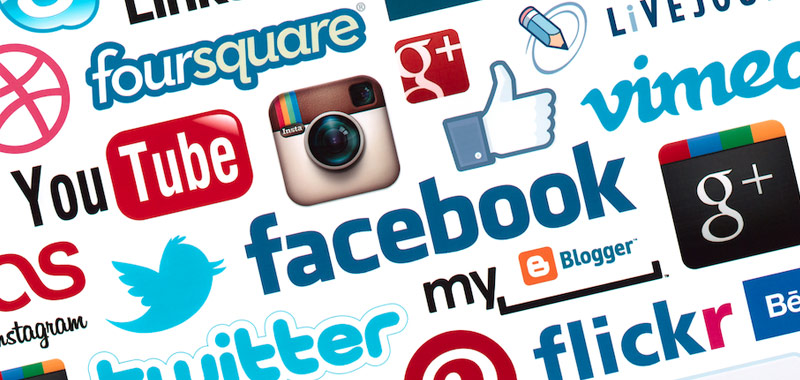
We are creatures of habit. All of us, whether or not we like to admit it, buy the same goods and services over and over again. We know what clothes fit our body type, what brand of paper towels will actually clean up a spill with one sheet, and what type of battery keeps going and going and going. While these are everyday examples, the same thing goes for the building, design and construction industry, where architects, designers, project leads, facility managers, and other professionals are forced to make major decisions on brands that come down to price, performance (initial quality, durability), warranty and other factors.
So why do some customers stay loyal and why do others brand hop from company to company? Our industry friends say it is advertising, public relations, and marketing. Our clients say it is their product’s ability to satisfy emotional and transactional needs. General consumers say it is because it was on sale, cheaper than the competition, and had great reviews on Amazon. In reality, it’s a combination of all of these, and when brand managers, product specialists, and their marketing/advertising partners understand this, customer loyalty becomes easier to attain.
Unfortunately, building customer loyalty isn’t this simple…there are multiple factors that often fall outside of the traditional role of marketing and advertising. While a brand and its team can influence and monitor transactional and emotional loyalty, in addition to the satisfaction level attained by the customer, they cannot control the competition level set by the industry. Product innovation and evolution can really take the wind out of your sails. The same goes for product lifecycle, especially when new or revamped products are delayed because of production or distribution problems. It’s tough to promote a new product, and engage existing customers, when you can’t get it to market.
What Role Does Digital Play?
Issues like this, and the constant need for innovative loyalty programs, are even more important when dealing with customers in a digital environment. You may have an amazing product that is class leading, affordable, and the perfect fit for your target market, but if you are beaten to the punch by a rival brand with a digital strategy that completely obliterates yours, then you go home empty handed. Next to them, you are invisible, and what’s worse is your long-time customer base is now starting to be sucked in by their gravitational pull.
So what can you do to combat this? Below are our latest suggestions on how to develop a digital engagement strategy that moves beyond the traditional transaction-based model. These areas of concentration will help you encourage a circular dialog with your customers, and foster brand interactions that will build loyalty in addition to long-term sales.
Digital Engagement Strategy Tips
• Building Relationships and Gathering Data — Keep in mind that you are building relationships, not just gathering data. Loyalty is built on trust, and trust requires engagement that goes beyond one-way communications. At the same time, data is key to success, offering insights into your customers and the purchase product for your product.
• Distribution Channel — There is more to a complete digital strategy than just the end consumer. Each step of your distribution channel has to decide to give your company its loyalty, but the decision to give loyalty to a company is both a rational and an emotional decision. If you haven’t done research specifically looking at the drivers of loyalty in your product category, this would be a good investment.
• Psychographics vs. Demographics — In today’s culture of customized experiences it is wise to look at your customers in terms of
the type of experience they want from your brand rather than by straight demographics. Sixty-five percent of companies say they try to differentiate through the customer experience (business2community.com), but how many of those companies have taken the time to actually research the experience that their customers desire?
• Current Communications, Dialog and Feedback Loops — Each step in your distribution channel is a target audience. We suggest identifying what communications these audiences currently receive and what tools are in place to gather feedback and encourage dialog. In our experience, most companies are not being purposeful about the message they send to any targets except their end customer. In addition, many companies are not encouraging dialog or have methods for gathering regular feedback from each audience.
• Fill in the gaps with efforts tailored to building loyalty in your product category. These include rewarding non-transactional behavior (website visits, posting a review, taking a survey), using social media as tool for customer dialogue, e-learning and webinars.
• Monitor, measure and respond — Through Google Alerts as a starting point and then through services such as trackur.com, klout.com or proskore.com you can monitor your activity as well as that of your competitors.
With these tips in mind, be smart, be bold, and be effective when designing digital strategies to build your customer loyalty. And more importantly, don’t be afraid to ask for help.